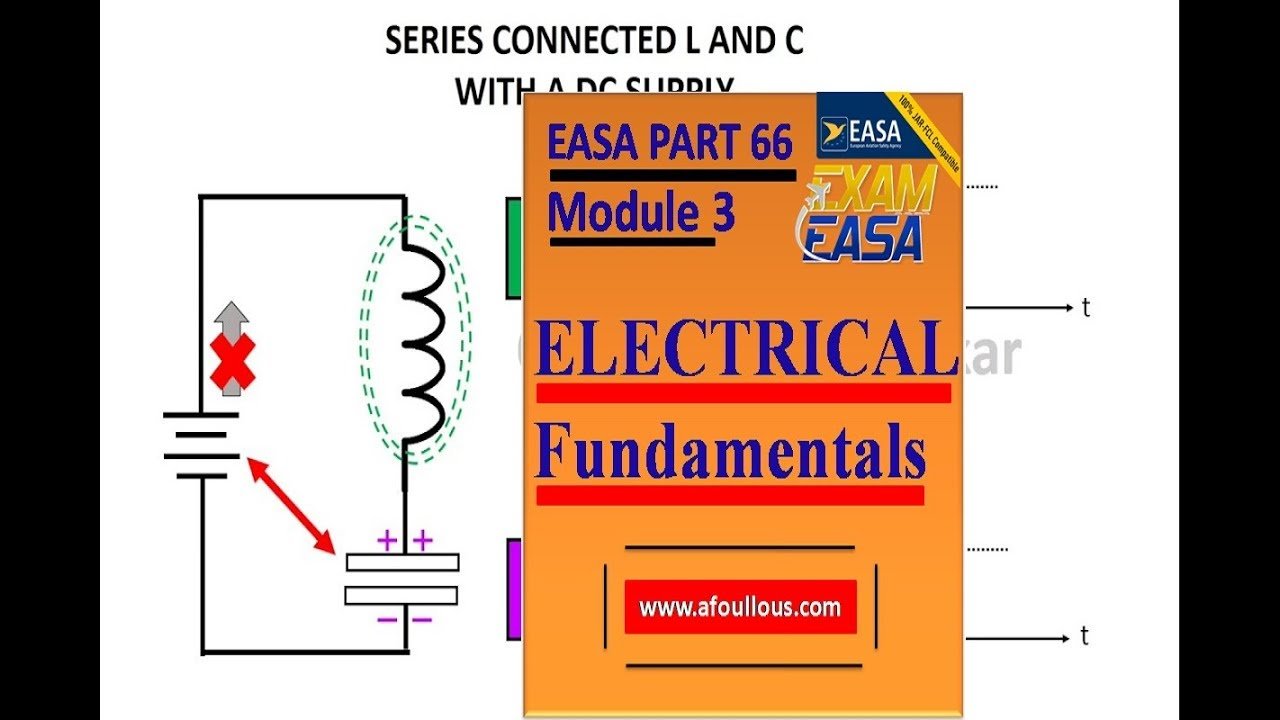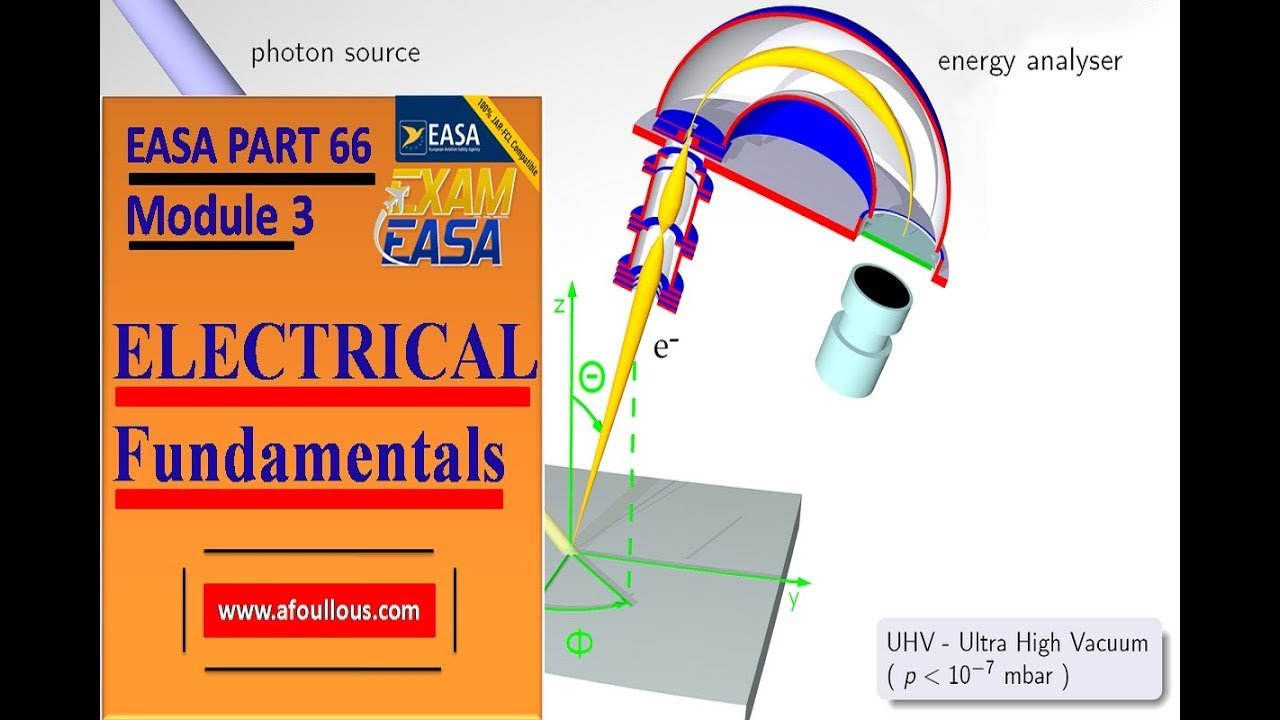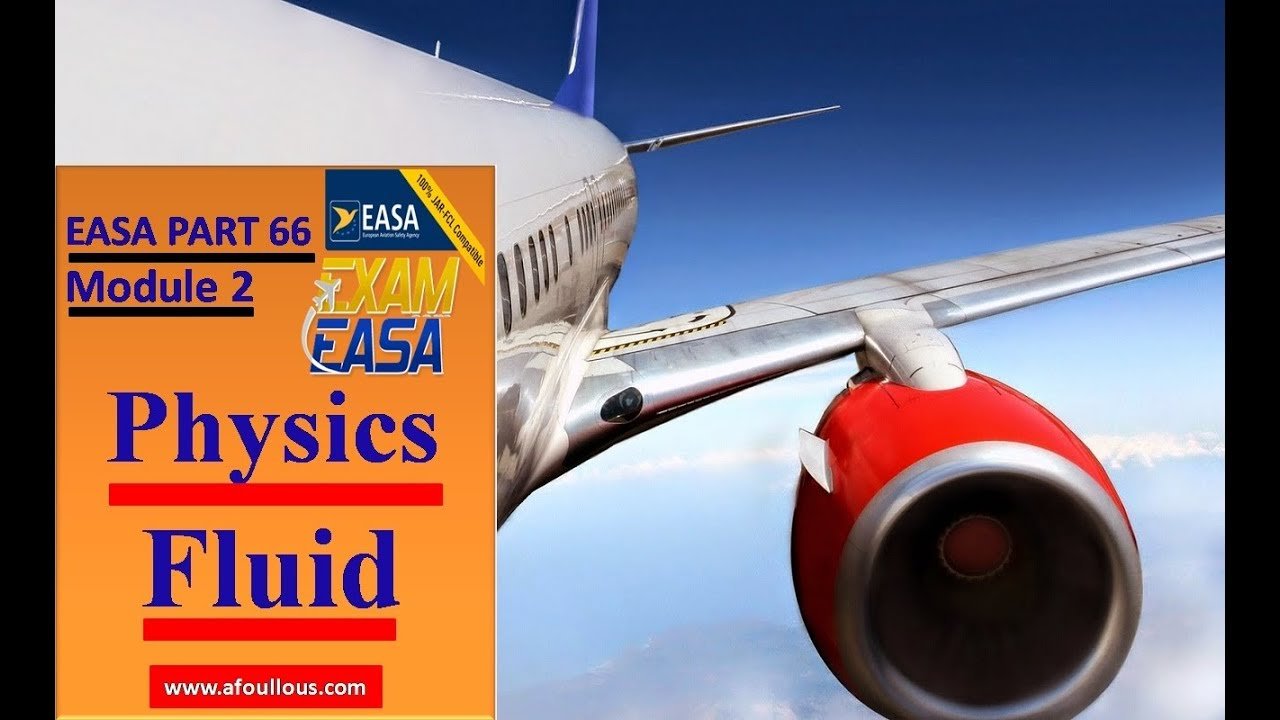Last updated on January 7th, 2022 at 02:27 pm
Module 3 Ch 13/18 AC Theory.
[RICH_REVIEWS_SNIPPET category=”all”]
Chapters
Chapter 10/18 : Magnetism.
Chapter 11/18 : Inductance & Inductor .
Chapter 12/18 : DC Motor & Generator Theory .
Chapter 13/18 : AC Theory .
Chapter 14/18 : Resistive R, Capacitive C and Inductive L Ciruits .
Question and Training Exam
Sample – Electrical Exams ( 40 questions 30 min),
Category A – Electrical Exams ( 20 questions 25 min),
Category B1 – Electrical Exams ( 52 questions 65 min),
Category B2 – Electrical Exams ( 52 questions 65 min),
Category B3 – Electrical Exams ( 24 questions 30 min),
Book Store.
EASA Part 66 Module 3 Electrical Fundamentals Question Exam
Sample – Electrical Exams ( 40 questions 30 min),
Category A – Electrical Exams ( 20 questions 25 min),
Category B1 – Electrical Exams ( 52 questions 65 min),
Category B2 – Electrical Exams ( 52 questions 65 min),
Category B3 – Electrical Exams ( 24 questions 30 min),
Electricity Static Electricity and Conduction
First post and replies | Last post by Malika Benchikh, 7 years ago
PART 66 Module 3 PDF:
ALTERNATING CURRENT AND VOLTAGE
Alternating current has largely replaced direct current in commercial power systems for a number of reasons. It can be transmitted over long distances more readily and more economically than direct current, since AC voltages can be increased or decreased by means of transformers.
Because more and more units are being operated electrically in airplanes, the power requirements are such that a number of advantages can be realized by using AC. Space and weight can be saved, since AC devices, especially motors, are smaller and simpler than DC devices. In most AC motors no brushes are required, and commutation trouble at high altitude is eliminated. Circuit breakers will operate satisfactorily under load at high altitudes in an AC system, whereas arcing is so excessive on DC systems that circuit breakers must be replaced frequently. Finally, most airplanes using a 24-volt DC system have special equipment that requires a certain amount of 400 cycle AC current.
AC AND DC COMPARED “AC” stands for Alternating Current. Many of the principles, characteristics, and effects of AC are similar to those of direct current. Similarly, there are a number of differences, which will be explained. Direct current flows constantly in only one direction with a constant polarity. It changes magnitude only when the circuit is opened or closed, as shown in the DC waveform in Figure 13-1 part 66 module 3 pdf. Alternating current changes direction at regular intervals, increases in value at a definite rate from zero to a maximum positive strength, and decreases back to zero; then it flows in the opposite direction, similarly increasing to a maximum negative value, and again decreasing to zero. DC and AC waveforms are compared in Figure 13-1 part 66 module 3 pdf.
Since alternating current constantly changes direction and intensity, the following two effects (to be discussed later) take place in AC circuits that do not occur in DC circuits part 66 module 3 pdf









